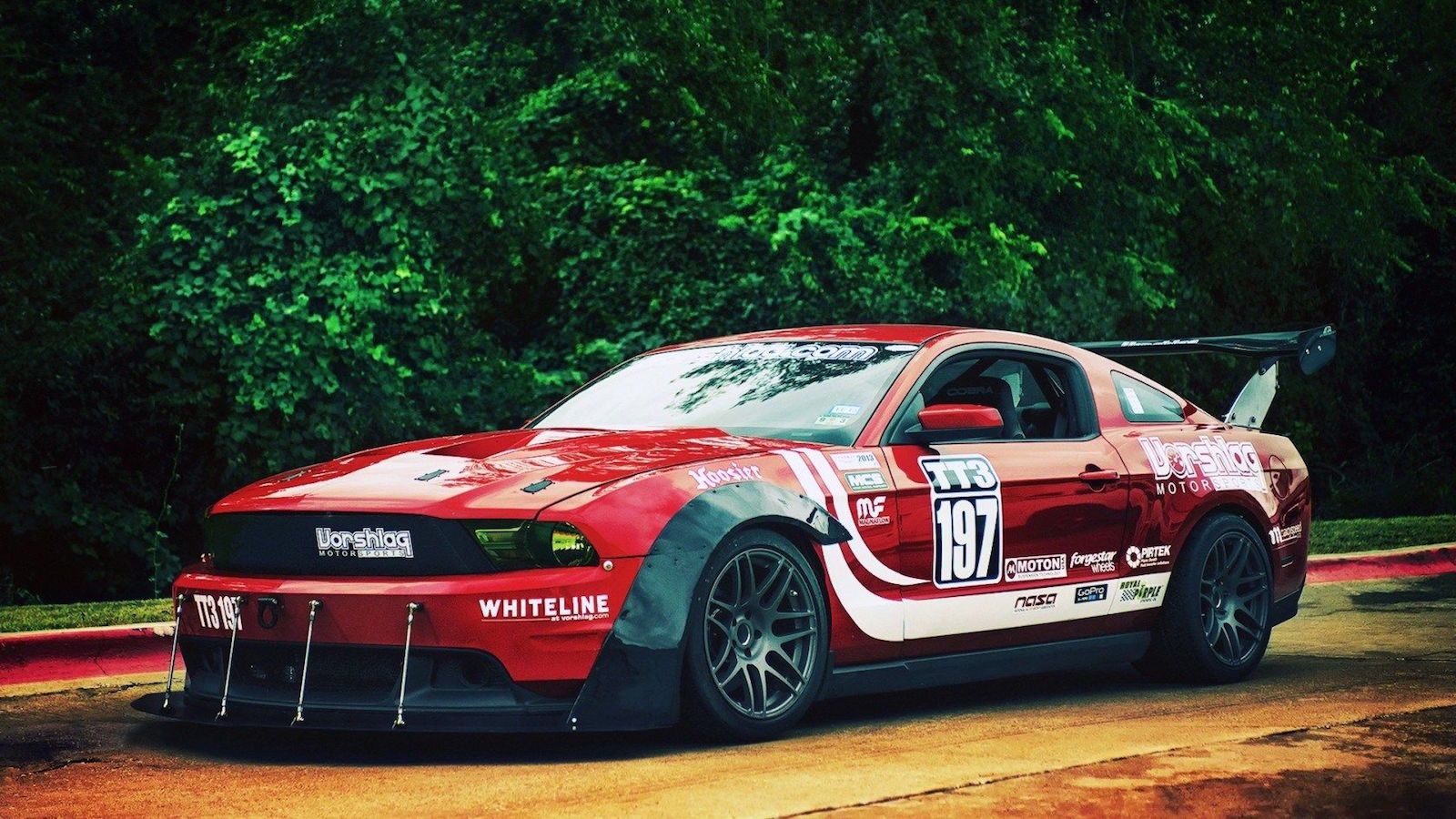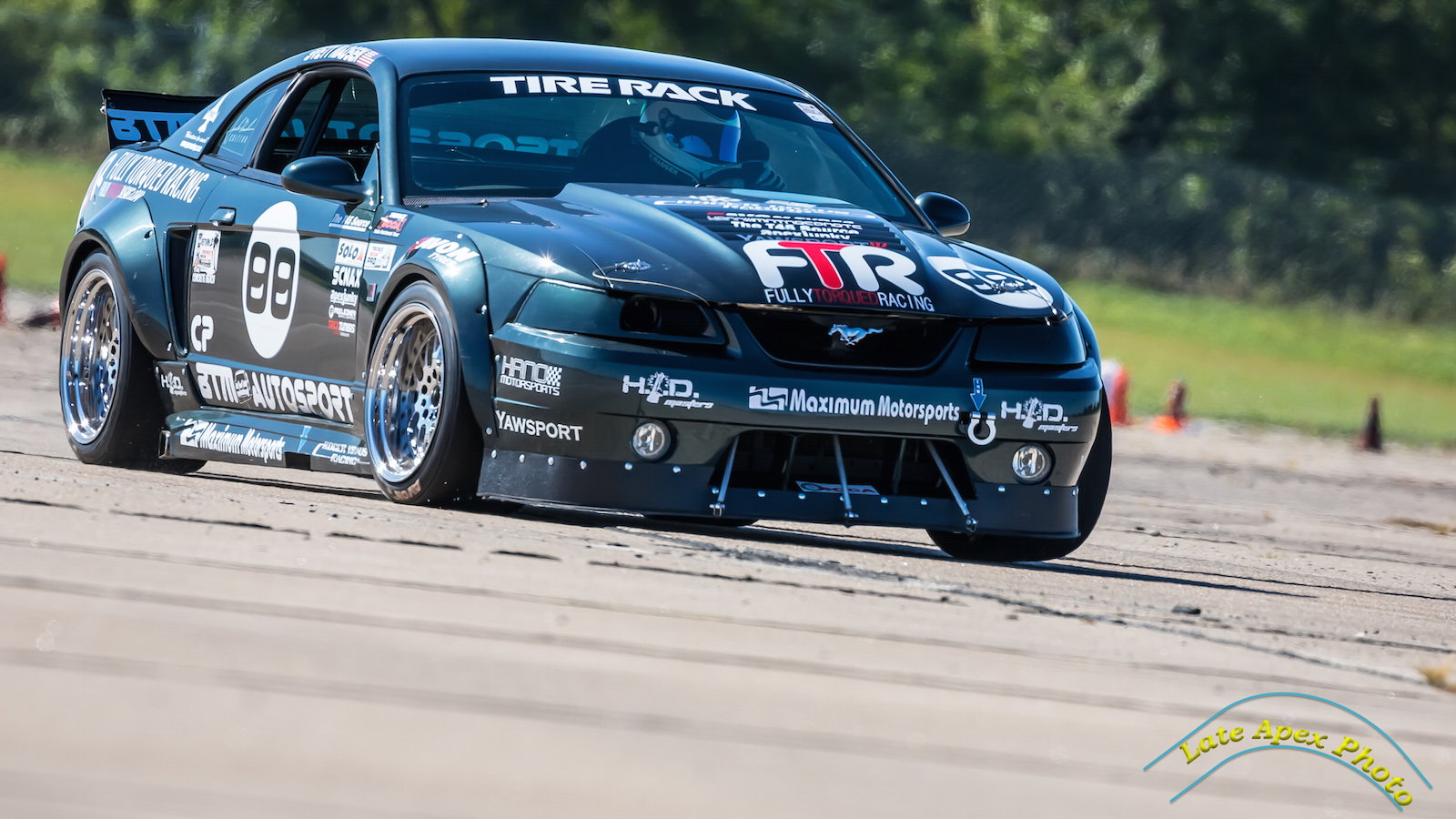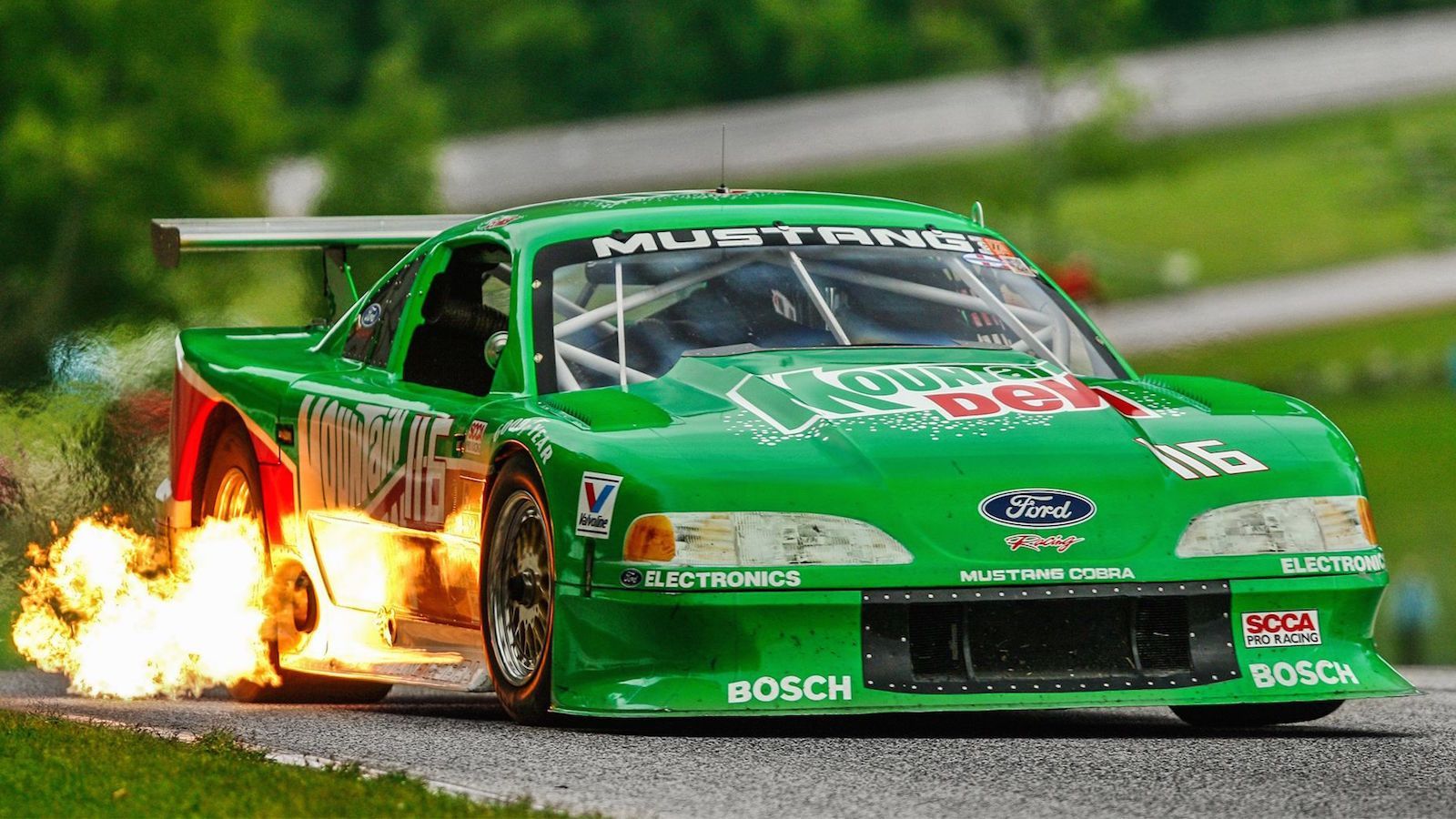Building a Top-Level Time Attack Car
Slideshow: Here are 5 principles to apply to your car to carve out those extra fractions of a second on the track.










Light Weight
The rules for the fastest class state that a car’s minimum weight is whatever the lightest version of your car was from the factory—think any factory special editions—minus an additional 20%. Most of these weight-saving modifications are free, but some—like seats—can knock off enough weight to justify their price tag. From there, it’s a matter of getting everything packaged neatly and towards the center of the car to allow for faster rotations in transitions.
PRO TIP: Check out Kirkey seats. They are among the lightest in the world and the cheapest you will find with a proven track record.
Flat Floors
Most enthusiasts talk about wing size like it’s the fountain of youth, but what matters even more is the floor design. Look underneath any Pro Class World Time Attack car and you will see flat floors at a bare minimum. You sometimes see curved profiles being featured on some of the big budget cars that can afford to hire ex F1 designers. Designing your own venturi style underbody is incredibly difficult, but you can design a flat floor that will reduce drag and give real benefits.
PRO TIP: Do your homework. Flat floors can be done in a DIY fashion, but you need to choose materials carefully and make sure there is adequate cooling.
>>Join the conversation about which these tips for building a track car here in The Mustang Source.
Alternative Fuels
This is almost standard practice now and if you’re not taking advantage of it, the only thing you will miss out on is more torque and horsepower. When the RP968 car debuted, it was the engine that seemed to be the crown jewel: large displacement, compact design, and boost that enabled quadruple-digit horsepower.
PRO TIP: E85 is the most cost-effective way to burn fuel that will increase horsepower. For more information on these fuels, check out my article on alternative fuels.
>>Join the conversation about which these tips for building a track car here in The Mustang Source.
Cooling vs. Drag
Purpose built race cars are fascinating from a design compromise standpoint. What will increase cooling will also increase drag and vice-versa. Look long enough and you will begin to notice the front bumpers only have as wide of openings as they need to. Nothing more, nothing less. This is a great lesson for the DIY aero guy or the enthusiast who is purchasing a front bumper that might leave unused openings that cause drag. Pay attention to this one and you might find a few tenths for free.
PRO TIP: Stable temperatures are great on the race track, but reducing drag is also important to make the most of your power.
>>Join the conversation about which these tips for building a track car here in The Mustang Source.
Sequential Shifters
None of the top-level guys are shifting traditional gearboxes anymore. Time Attack teams are spending some pretty serious coin these days to ensure they get to the next gear faster than the competition. If you have a manual transmission, you can look into aftermarket solutions that will offer an increase in speed, but you better learn to shift quickly.
PRO TIP: You will never be as fast as a dual clutch or sequential transmission, but with the right mods and practice you can get pretty close.
>>Join the conversation about which these tips for building a track car here in The Mustang Source.
For help with service of your car, check out the how-to section on our sister site MustangForums.com
